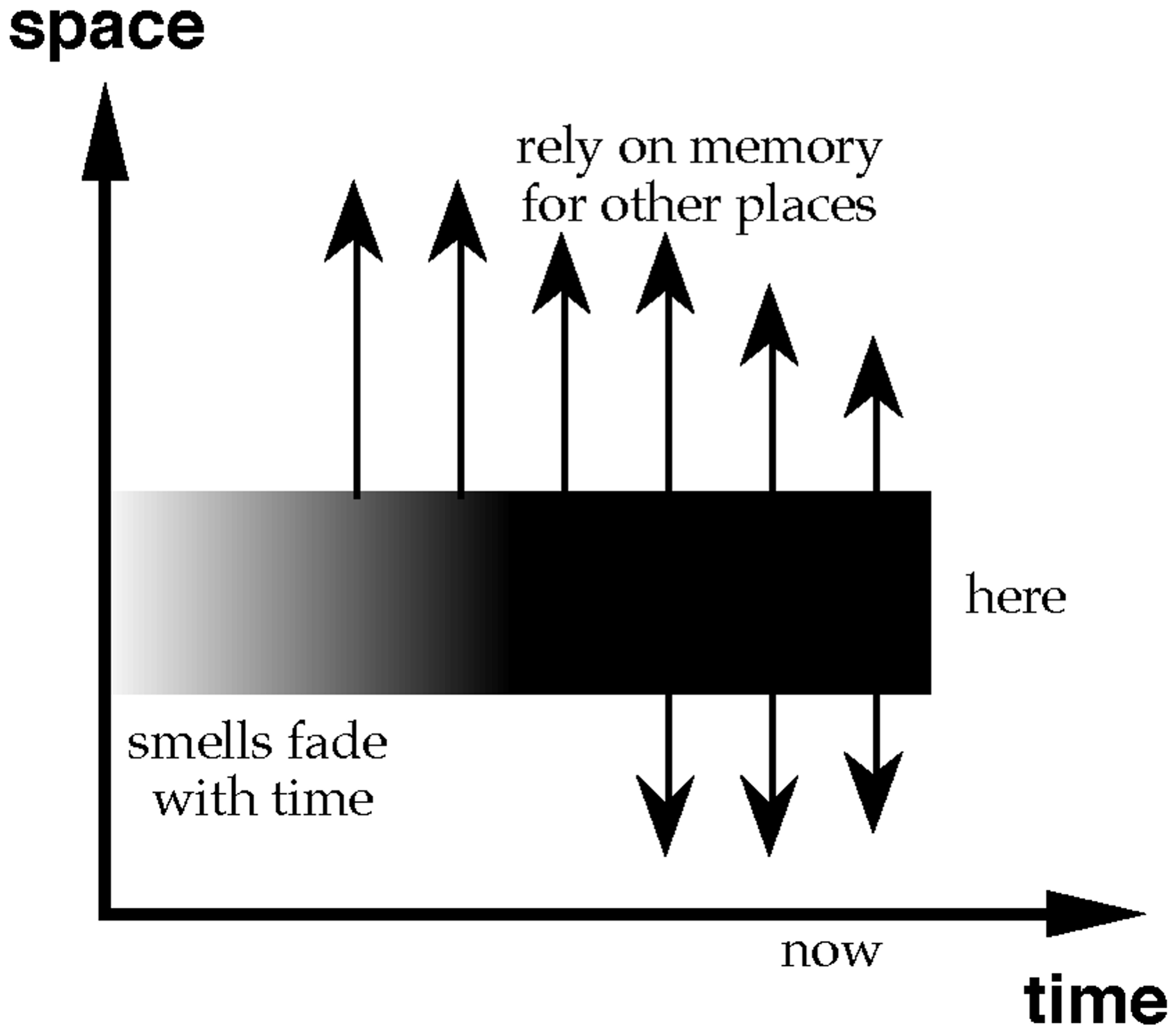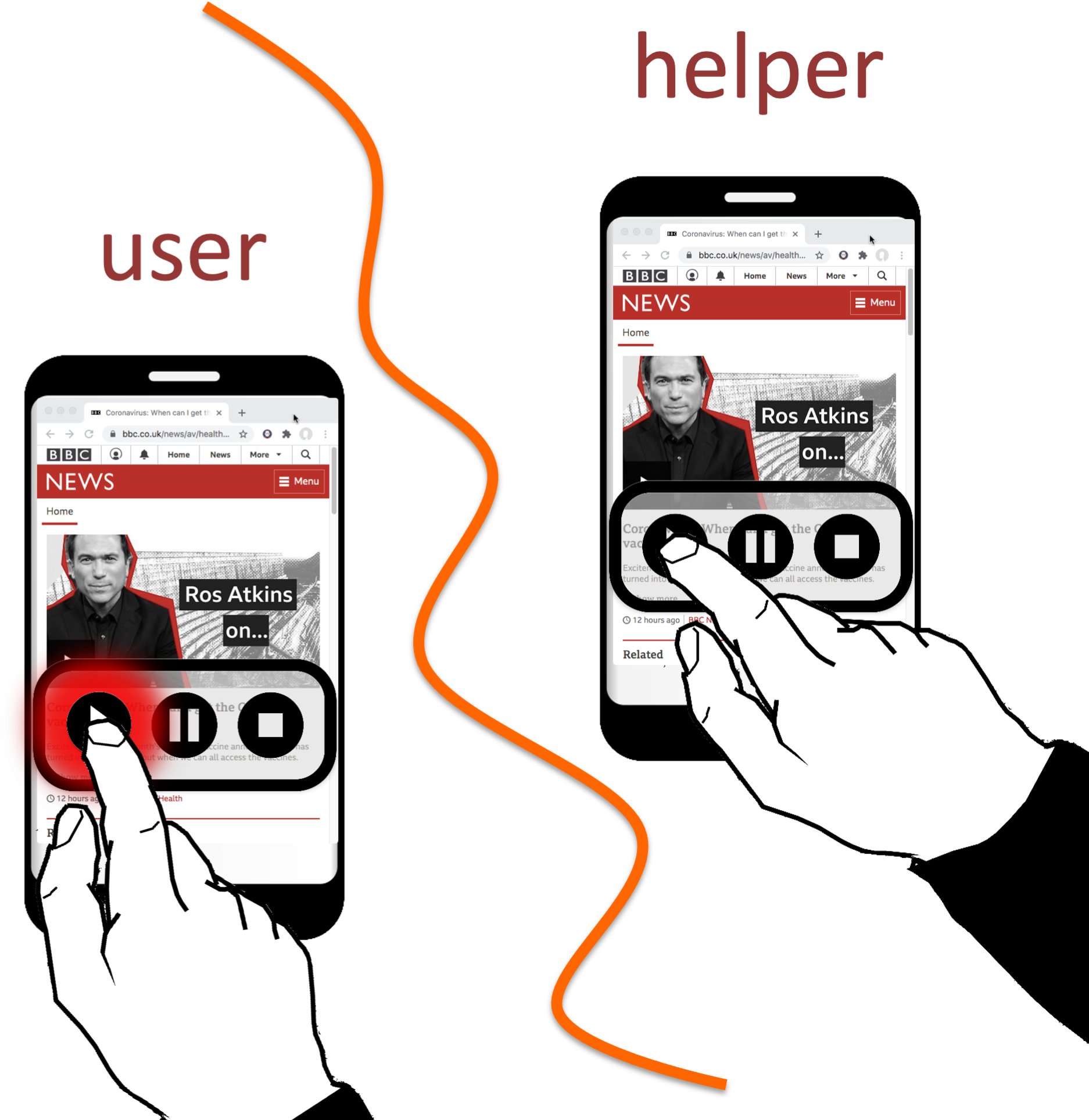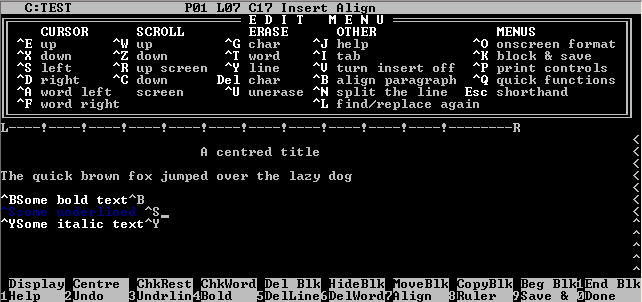As cultures and individuals, we look back to look forward, explicitly using lessons of the past to guide our future decisions. In this 30th anniversary of the AVI conference we can also look back in order to make the next 30 years even better.
In 1996 I gave a keynote at the third AVI, both describing my own work in formal modelling of user interactions, and also pondering variations of ‘advanced visual interfaces’, imagining advanced aural and advanced nasal interfaces. This was part playful but also serious, uncovering the way our different senses give us different cuts through space and time. In particular, smell is deeply associated with memory both personal and spatial – that is history. In the meantime, scent has been used as a metaphor for information seeking, and now long-promised smell-based interfaces are beginning to emerge; we are about to enter an exciting world of multi-sensory experiences.
However, it is on the metaphoric sense of advanced visual and nasal interaction that I want to focus now. The importance of tracing what is past and planning what is to come. This is true for our discipline as a whole, but also in moment-to-moment digital interactions. On the first of April this year, Nielsen Norman Group posted an article entitled “Support Recall Instead of Recognition in UI Design”. It was meant as an April Fool’s Day joke, but in fact the move towards gesture-based touch interactions means this is precisely how many feel today. This has exacerbated the long-term weaknesses of visual interaction heuristics and guidance when it comes to looking back, making it hard to ask, “why did that happen?”, or “how did I manage that?”, especially for older users or those who are less confident with digital technology. Finally, as we move forwards to tackle these and new issues, we need to constantly question what constitutes ‘advanced’: a fast-moving highway for a few or a wider frontier for everyone. The latter often poses the hardest design challenges but is most critical in a world where being digital is central to being a citizen.
|

Visual Perception: one time – everywhere

Nasal Perception: one place – all time

Aural Perception: a more complex cut through space and time

Helping Hand (envisionment): enabling remote help with digital applications

WordStar in DOS showing menus that appeared after delay to enable incidental learning
